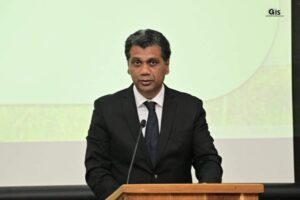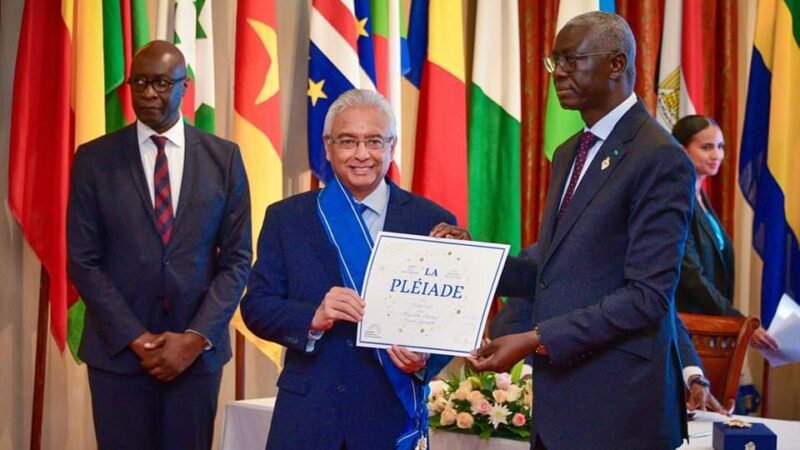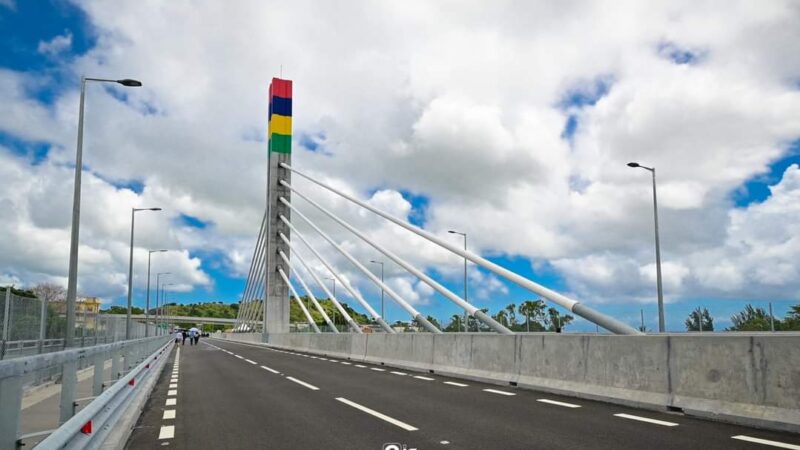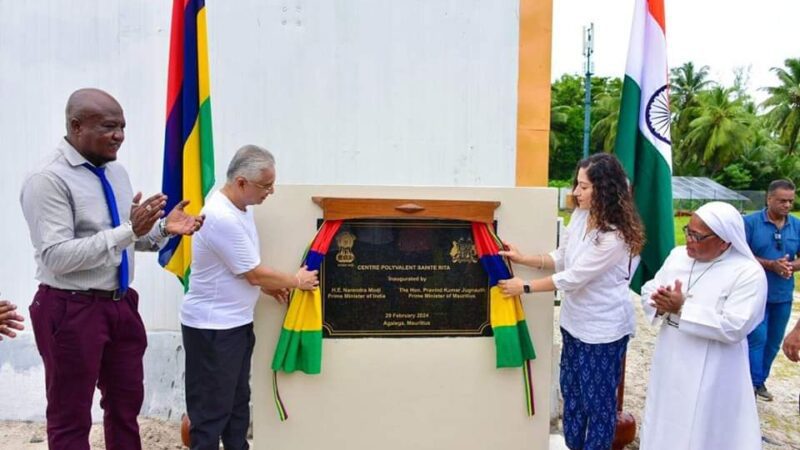A three-day Capacity Building Workshop under the Nationally Appropriate Mitigation Actions (NAMA) for Low Carbon Island Development Strategy Project opened, this morning, at the Ravenala Attitude Hotel in Balaclava.
The Minister of Environment, Solid Waste Management and Climate Change, Mr Kavydass Ramano; the United Nations (UN) Resident Coordinator of the Republic of Mauritius and Seychelles, Ms Lisa Simrique Singh; and other personalities were present on the occasion.

In his keynote address, Minister Ramano recalled that under the Paris Agreement, Country Parties agreed to limit temperature rise to well below 2 degrees Celsius above pre-industrial levels while pursuing efforts to limit temperature rise to 1.5 degrees Celsius. “For the survival of Small Island Developing States (SIDS), there is an urgent need to cut emissions by 45% by 2030 and a global net zero emissions by 2050 in order to keep the temperature rise to below 1.5 degrees Celsius,” he pointed out.
On this note, Mr Ramano observed that despite the fact that Mauritius is a low emitter of greenhouse gases to the tune of 0.01%, the country is contributing to the global efforts to mitigate climate change. “In our updated Nationally Determined Contributions (NDC) 2021, we have taken the commitment to reduce greenhouse gases emissions by 40% by 2030,” he said.

Furthermore, he indicated that in our national position for the United Nations Climate Change Conference (COP27), it was highlighted that the international community would have to help through institutional capacity-building development, technology transfer, and scaled-up access to finance so as to enable us achieve our NDC mitigation targets. “Institutional capacity development is fundamental to achieve our commitments under the United Nations Framework Convention on Climate Change and the Paris Agreement,” the Minister stressed.
To that end, Minister Ramano emphasised that Mauritius is privileged to be benefiting from various capacity-building activities which are key components of climate change projects. NAMA, he remarked, is one such project that covers capacity-building components such as Enhanced Transparency Framework under the Paris Agreement; Gender analysis and Gender Action planning for Climate Change Mitigation; NDC Action Prioritisation Framework; and Multi-Criteria Analysis modelling tool.
Speaking of the NAMA project and the updated NDC 2021, Minister Ramano indicated that both are based on modeling and scenario analysis of data from mitigation sectors to set the target of 40% Greenhouse Gas emissions reduction by 2030.
As regards the three-day Capacity Building workshop on Greenhouse Gas Abatement Cost Model (GACMO), he highlighted that it would enable stakeholders to develop scenarios and calculate the greenhouse gas emission reductions of mitigation actions as well as play a major role in enhancing the capacity of stakeholders in the transition to a low economy.
Furthermore, the Minister dwelt on some other initiatives that his Ministry is implementing toward a low-carbon pathway. These include: the Facility 2050 project under the Agence Française de Développement assistance which aims at formulating a long-term national vision to decarbonise the energy and transport sectors, and modeling and mitigation scenarios analysis to meet the objective of the project and to pave the way toward carbon neutrality by 2070.
For her part, Ms Lisa Singh commended the Republic of Mauritius in its efforts to combat greenhouse gas emissions even if it is a country that contributes very less to these emissions. “This action will play a pivotal role in targeting an emission reduction of 40% by 2030,” she said.

The UN Resident Coordinator reiterated the commitment of institutions such as the Global Environment Facility, the United Nations Environment Programme (UNEP) and the UNEP Copenhagen Climate Centre to financially assist and give technical support to SIDS like the Republic of Mauritius in their efforts to mitigate climate change, and enhance their capacity building needs.
The NAMA Project
At the 16th meeting of the COP27 held in Cancun in 2010, Parties agreed that developing countries would take NAMA for promoting sustainable development, supported and enabled by technology, financing and capacity-building, aimed at achieving a deviation in emissions relative to ‘business as usual’ emissions in 2020.
In this context, the Republic of Mauritius sought technical and financial assistance from the UNEP and Global Environment Facility respectively, to formulate the first National Climate Change Mitigation Strategy and Action Plan. The project was funded with a grant of USD 1.6 million.
The objective of the project, being implemented from February 2017 to January 2024, is to ensure a low carbon path for Mauritius by establishing the national capacity for formulating and prioritising mitigation actions to implement NDC and further develop the local capability to design and implement mitigation actions in the energy sector.
The Greenhouse Gas Abatement Cost Model (GACMO) tool
The GACMO is a modeling tool developed by the UNEP Copenhagen Climate Centre. The tool aims to enable countries, mainly developing countries, to carry out rapid but accurate evaluations of the Greenhouse Gas emissions impact of a variety of mitigation options.







